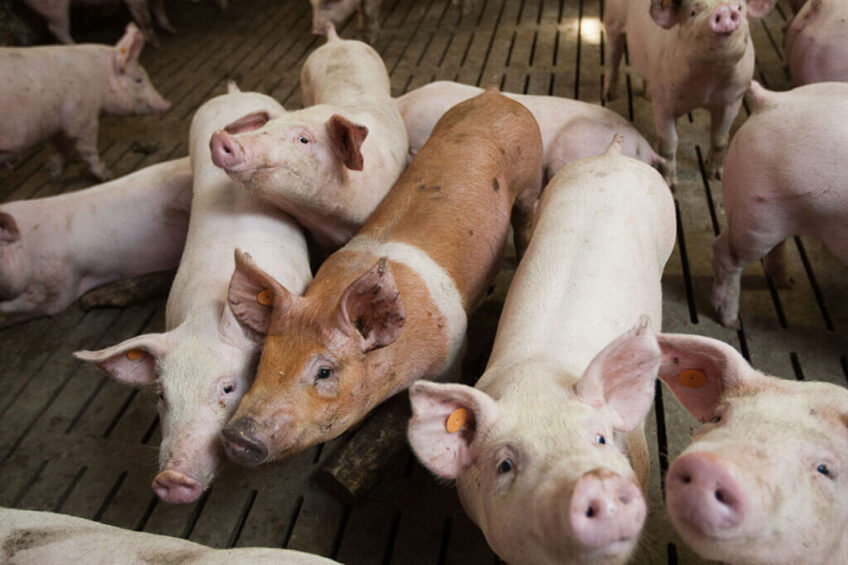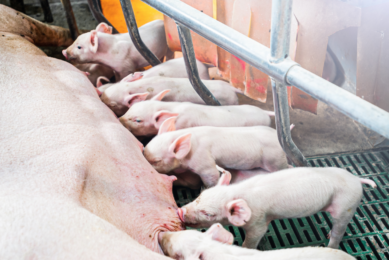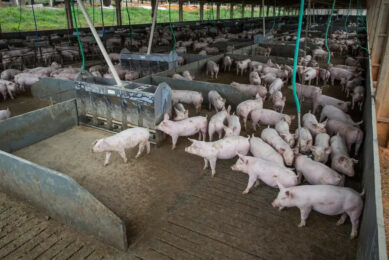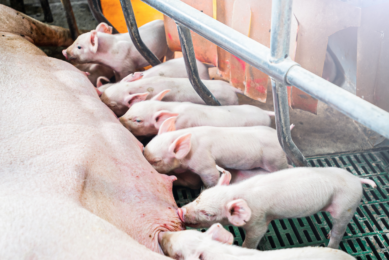The pig industry in Poland is at a crossroads

Low farm-gate prices coupled with the rising production costs, and export issues, hamper Polish pork production in 2022, said Bartosz Czarniak, spokesperson for the Polish Pig Breeders and Producers Association Polsus.
“We have a serious crisis in pork production in Poland, with politicians and officials having no real idea of how to improve the industry situation, which is getting worse every day,” Czarniak said, adding that, in his opinion, nothing concrete is being done to prevent a decline in pig meat production in Poland by the authorities.
Shortage of fattening pigs in Europe
On the other hand, since mid-June the price of finisher pigs in Poland increased by 0.15 to 0.2 zloty ($ 0.034 to 0.045) to 8.75 zlotych ($ 1.97) per kg, stemming from a shortage of fattening pigs in the European market.
“No wonder there is a shortage of pigs [in Europe], as it was estimated at the beginning of the year, about 250 pig farms were dying out every day,” Czarniak said, admitting that the recent rise in prices is not likely to reverse this trend, and more farms will be closed in Poland.
Hopes for a rise in price
The critical question now is whether the recent rise in price marks the beginning of a new growth trend in the market.
“From the information I have, I assume that we will see further growth, owing to a pig production crisis across the EU. Not only Poland and Germany are struggling with the collapse of the profitability of pig production now,” Czarniak said.
Losses
Czarniak said that only pig breeders with enough cash, adequate warehouse capacities and grain reserves purchased at the beginning of the year, when the prices were by 500 zlotych ($ 112) per tonne lower than now, can generate profit in the current market conditions.
“Others who buy it [grain] from the market are on the breakeven point or below it, and consider ending their adventure with pigs,” he said.
Export problems to blame
To some extent, the current crisis is associated with a lack of supplies to the foreign markets. In 2022, the EU pork exports lag behind last year’s level by 20%. This means that additional production quantities land on the internal market.
“Unfortunately, trade on world markets is getting increasingly difficult, since more countries are expanding pork production, becoming independent from external supplies, like China. This is especially true with the countries where cheaper production is possible, like Russia, and where meat can be more competitive than that from Europe,” Czarniak said.











